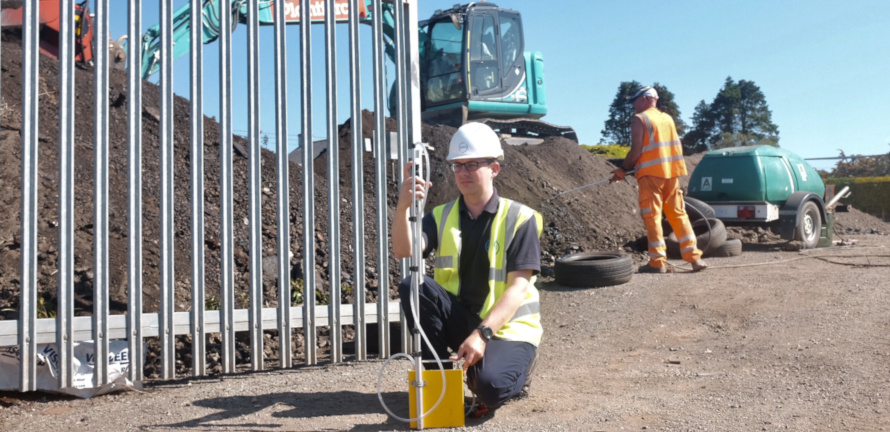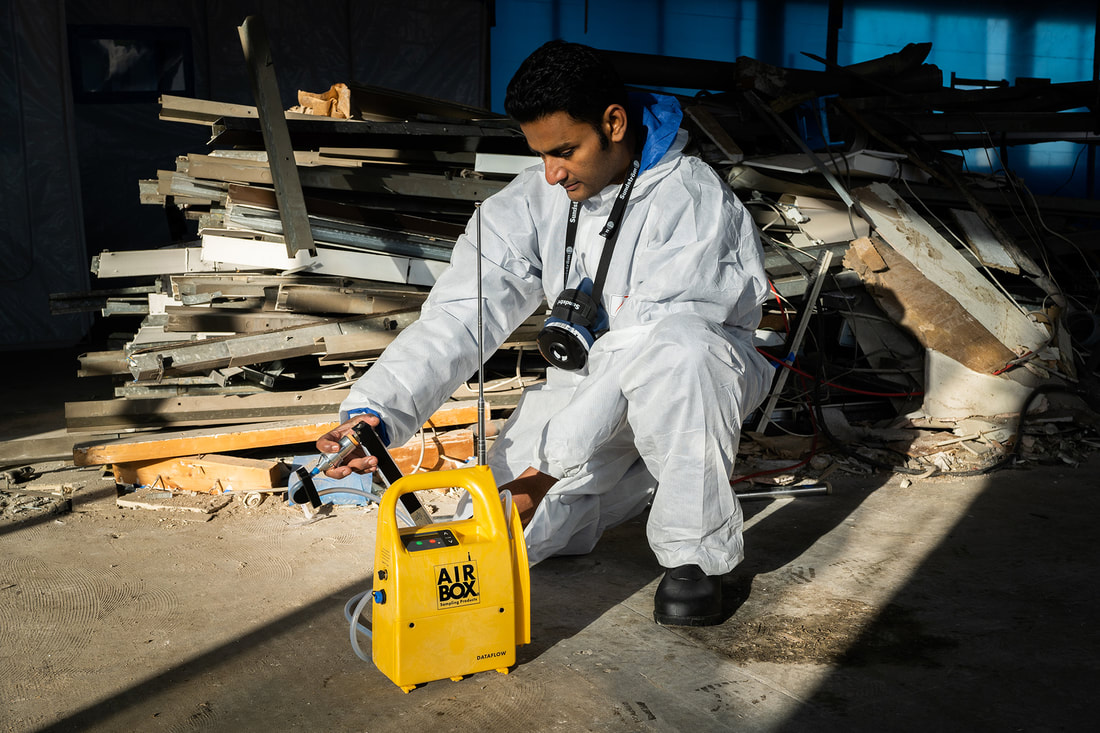Your Guide to Effective Asbestos Checking Procedures
Asbestos screening procedures are an essential element of making certain the security of interior environments, particularly in older buildings where this dangerous material might be existing. The prospective health threats connected with asbestos direct exposure make it vital to come close to screening with accuracy and thoroughness.
Comprehending Asbestos and Its Dangers
Asbestos, a naturally occurring mineral understood for its warm resistance and sturdiness, presents severe wellness dangers when its fibers are breathed in or consumed. asbestos survey. Direct exposure to asbestos can cause severe wellness problems such as lung mesothelioma, cancer cells, and asbestosis. Regardless of its useful residential or commercial properties, asbestos has actually been extensively banned in several nations because of the tested web link between asbestos exposure and these lethal illness
When asbestos-containing materials are disturbed or damaged,The danger exists in the tiny fibers that can easily end up being airborne. As soon as breathed in, these fibers can come to be lodged in the lungs, triggering inflammation and scarring gradually. The latency period between exposure to asbestos and the development of associated illness can span numerous decades, making early discovery and avoidance important.
Asbestos was commonly made use of in building products, insulation, and auto components before its health dangers were fully understood. Today, appropriate screening and removal of asbestos-containing materials are important to safeguard people from the risks connected with asbestos exposure.
Identifying Prospective Asbestos Products
The recognition of potential asbestos materials is a critical step in guaranteeing the safety of individuals subjected to hazardous substances in different atmospheres. Asbestos can be found in a large range of structure products, including yet not restricted to insulation, ceiling tiles, flooring ceramic tiles, cement sheets, and roof shingles - asbestos testing cost. Identifying these materials properly is necessary to efficiently handling the risks connected with asbestos direct exposure

In cases where visual assessment is inconclusive, samples of thought materials can be collected and sent to accredited research laboratories for testing. These laboratories utilize specialized techniques such as polarized light microscopy or transmission electron microscopy to accurately figure out the existence of asbestos fibers in the samples. By adhering to rigorous recognition procedures, people can properly reduce the dangers connected with asbestos exposure.
Picking the Right Testing Method
Identification of prospective asbestos materials plays a vital duty in establishing the proper testing technique for accurate asbestos fiber discovery. Once presumed materials have been determined, choosing the ideal testing technique is vital to make certain dependable results. There are two key techniques for asbestos testing: polarized light microscopy (PLM) and transmission electron microscopy (TEM) PLM is frequently made use of for preliminary testing as it is economical and provides quick outcomes. Nonetheless, PLM has limitations in finding asbestos fibers that are smaller than 1 to 3 microns. On the other hand, TEM is an advanced technique that can properly identify asbestos fibers at the ultrastructural level. While TEM is a lot more costly and lengthy than PLM, it supplies higher level of sensitivity and uniqueness in asbestos detection. Picking the suitable testing technique depends upon different aspects such as the sort of product being evaluated, the required sensitivity of the evaluation, and the offered spending plan. It is important to talk to certified asbestos screening experts to figure out the most appropriate technique for your certain testing needs.
Conducting Example Collection Securely
When collecting examples for asbestos testing, focusing on safety and security steps is vital to reduce prospective exposure dangers. Asbestos fibers are hazardous when disrupted, making it critical to adhere to proper safety protocols during sample collection - Asbestos Air Sampling. Before starting the sampling process, make certain that you are outfitted with individual safety equipment (PPE) such as disposable coveralls, masks, safety glasses, and gloves to protect against inhalation or contact with asbestos fibers
It is important to wet the sampling area making use of a gentle haze of water to stop the fibers from coming to be airborne during collection. Usage care when gathering samples and prevent hostile scraping or drilling that can release asbestos fibers right into the air. Rather, very carefully cut a little piece of the material making use of suitable devices and put it into a secured container for evaluation by a licensed lab.
Additionally, classifying each example with comprehensive information concerning the sampling collection agency, day, and location's additional resources name is essential for accurate record-keeping and evaluation. By adhering to these safety and security guidelines, you can perform sample collection for asbestos screening efficiently while minimizing the threat of direct exposure.
Analyzing Test Results and Next Actions

Verdict
To conclude, effective asbestos testing treatments are vital in recognizing and taking care of possible health and wellness threats connected asbestos in plaster with asbestos exposure. By understanding the threats of asbestos, determining prospective products, choosing the right screening technique, conducting sample collection securely, and interpreting examination results properly, companies and individuals can take the needed actions to protect themselves and others from the damaging results of asbestos. It is essential to prioritize safety and proper testing protocols to make sure a healthy and balanced environment for all.

Recognition of prospective asbestos products plays a crucial duty in figuring out the proper testing technique for exact asbestos fiber detection. The test outcomes will suggest the visibility or lack of asbestos, the kind of asbestos fibers present, and the concentration levels.In final thought, effective asbestos testing treatments are crucial in determining and managing possible health and wellness risks linked with asbestos direct exposure. By recognizing the risks of asbestos, identifying possible materials, choosing the right screening technique, performing sample collection securely, and translating test results properly, individuals and companies can take the necessary actions to protect themselves and others from the unsafe impacts of asbestos.